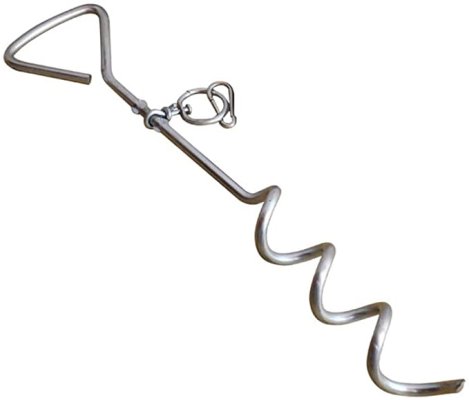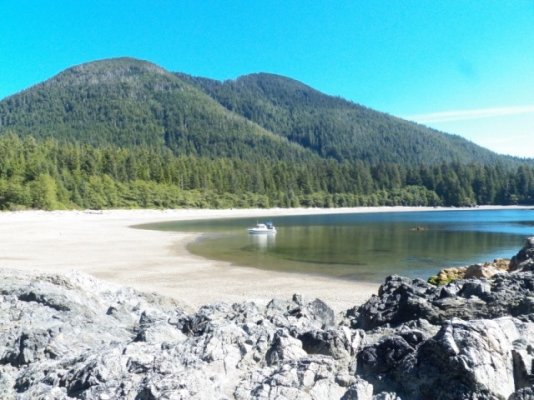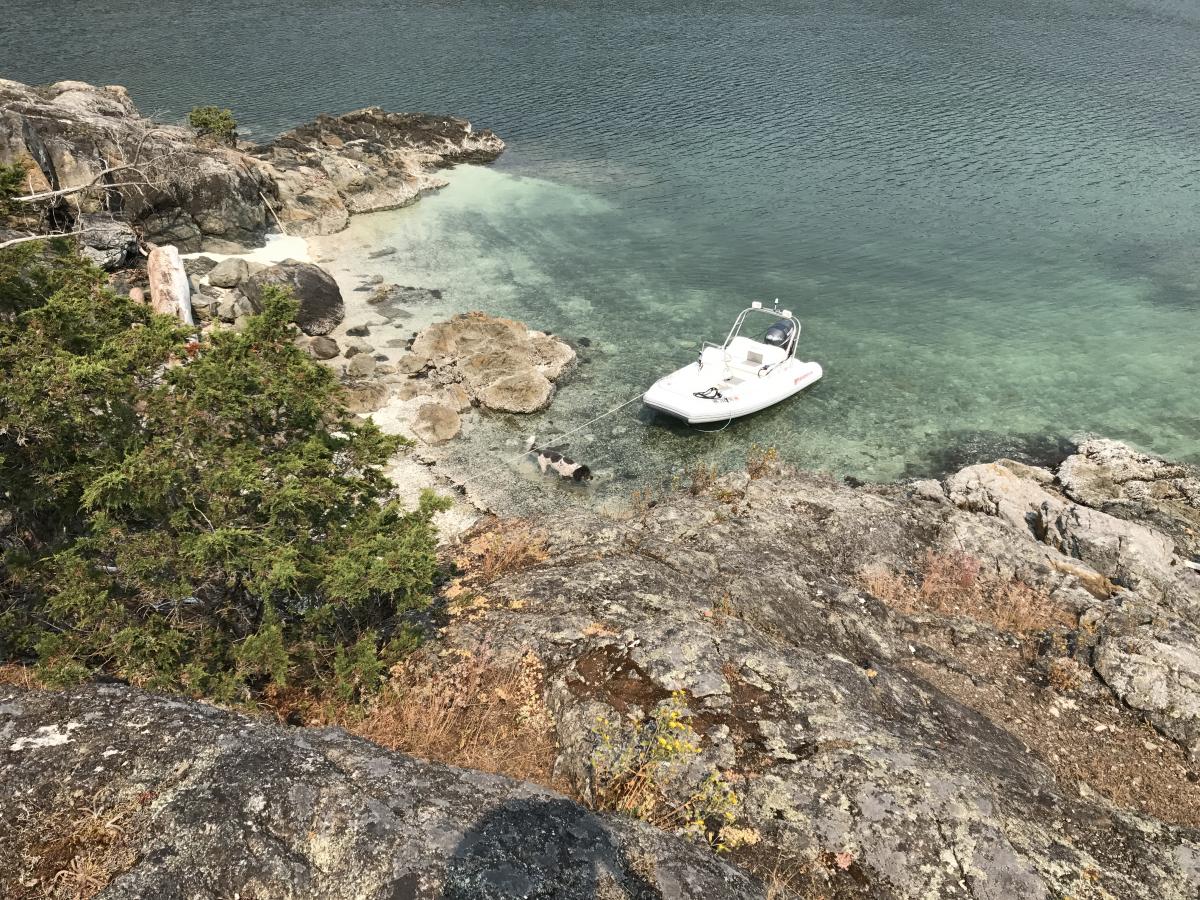For those of us in areas like the PNW with extreme tide changes, what do you do when you bring your tender to shore?
Do you only go to the beach on a riding ride and set the anchor on the beach where the high tide will be?
For a dropping ride, Set a stern anchor deeper out in the water and use a stretchable bungy anchor cord motoring to the beach and let the bingo pull the tender back out to deeper waters, while using a bow and hot too on the beach?
Use two anchors, a buoy and a a loop so you can pull the tender back in?
Any great ideas?
It would be terrible to come back to the heavy tender and see if 20’ from the water, surf the tide continuing to recede!
Do you only go to the beach on a riding ride and set the anchor on the beach where the high tide will be?
For a dropping ride, Set a stern anchor deeper out in the water and use a stretchable bungy anchor cord motoring to the beach and let the bingo pull the tender back out to deeper waters, while using a bow and hot too on the beach?
Use two anchors, a buoy and a a loop so you can pull the tender back in?
Any great ideas?
It would be terrible to come back to the heavy tender and see if 20’ from the water, surf the tide continuing to recede!




